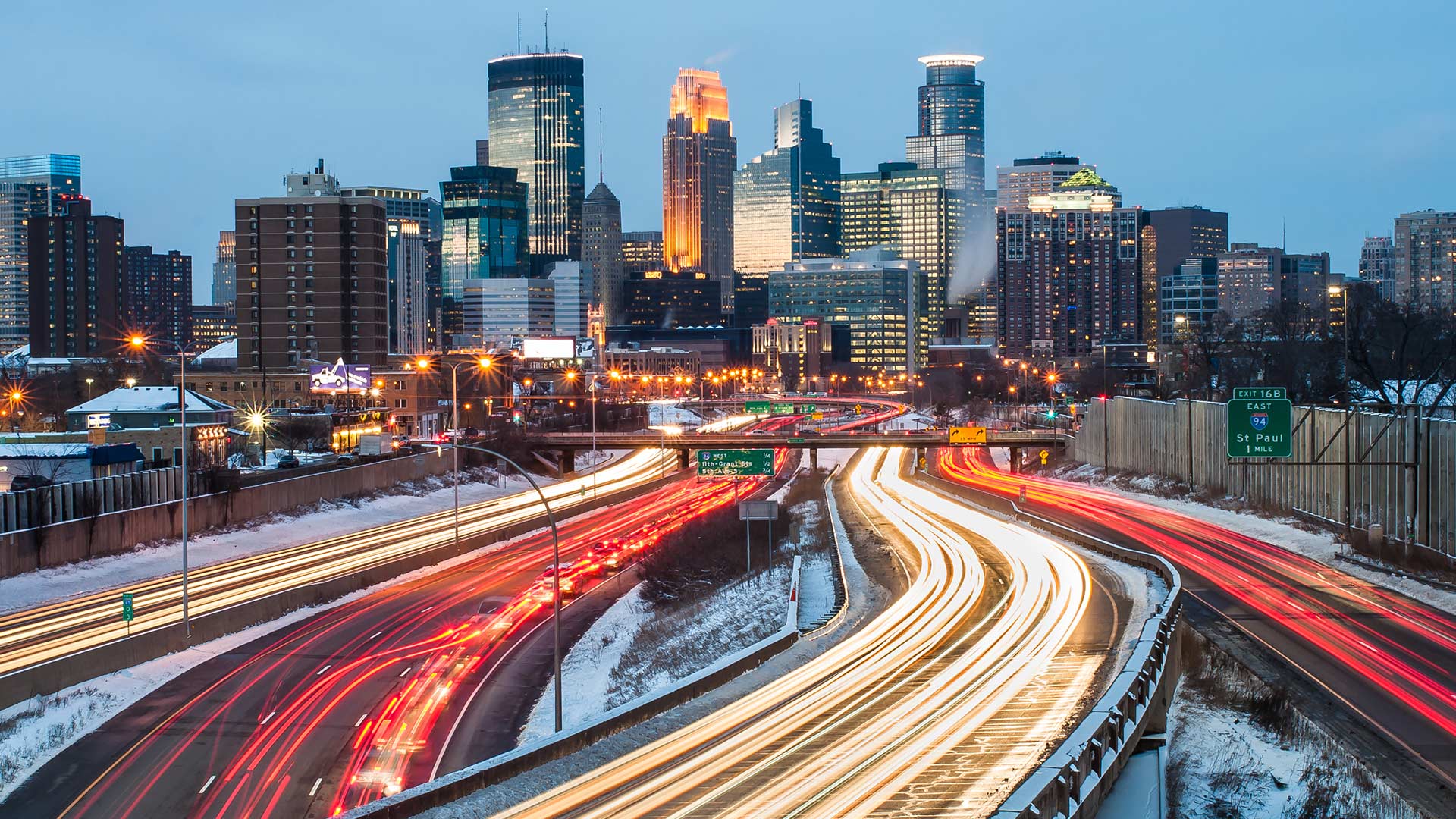
Three years after the destruction of Minneapolis’ Third Precinct police station during civil unrest triggered by the murder of George Floyd, the Minneapolis City Council and Mayor Jacob Frey have finally reached a decision on the location of the new station and an associated community safety center.
In an 8–5 vote recently, city council members approved the establishment of a new police station at 2633 Minnehaha Ave., just blocks away from the previous location that is still cordoned off with razor wire.
Mayor Jacob Frey was pleased with the decision.
“It’s a big victory for our city, but also for the residents of the Third Precinct, who have been calling out for safety,” Frey said, adding that he had hoped for a quicker resolution but acknowledged the complexities involved.
The new police station project is estimated to cost $14 million, which includes the acquisition of an existing building and parking lot, with construction expected to take one to one and a half years to complete.
In addition to the police station, the city council also approved a resolution for the creation of a “community safety center” at the same site, offering services beyond traditional policing, such as behavioral crisis units and mental health services.
The cost of implementing these expanded services is estimated to be an additional $7 million to $8.5 million.
According to city officials, the inclusion of a community safety center played a pivotal role in swaying the balance in favor of the chosen site.
In a committee meeting previously, the council had deadlocked 6–6 on the site, but the inclusion of the community safety center resolution, co-sponsored by council members Jamal Osman and Emily Koski, helped secure the approval.
The breakdown of votes on the site was reflective of the council’s usual divisions, with a thin majority of relatively moderate members often aligned with Mayor Frey, while a group of more progressive members held opposing views, particularly on police-related matters.
Proponents of the chosen location argued that it was the most cost-effective and expedient option among the more than two dozen locations considered.
Council President Andrea Jenkins, meanwhile, recognized that the site’s selection was not a panacea for the city’s deep-rooted issues but represents a step forward.
“Certainly, a building didn’t cause the problems we have,” Jenkins said. “It’s the people inside the building. Consequently, this site can’t be the healing. … It will be a beginning step toward moving forward. Opposition is not progress. We have to move forward.”
However, opponents contended that prioritizing speed and cost-efficiency was inappropriate in light of George Floyd’s murder and the need for comprehensive change in policing.
The proposal for the 2633 Minnehaha Ave. location initially surfaced in the summer of 2020, but it was met with resistance, including graffiti threats directed at the building.
Before the final vote, council member Jason Chavez proposed an alternative location at 3716 Cheatham Ave., which failed to garner sufficient support due to the higher building cost and longer time needed for construction.
Following the final vote, Mayor Jacob Frey reiterated the need for the city to come together and move forward with the plan.
“It’s time to move forward with our vision for comprehensive safety services — a vision we all agree on. Now that we have a site approved, we will begin work immediately on the safety center,” Frey said. “We’re trying to get police officers in that building as quickly as possible. We’re trying to get safety beyond policing in that building as quickly as possible.”
Officers are expected to be stationed in the new precinct building within a year.
Rachel Boeke, president of the Longfellow Community Council, responded to the decision by addressing the importance of community engagement and the need for a comprehensive approach to addressing community safety issues.
“We remain hopeful that council will act on behalf of the community and push forward the necessary action steps to create a meaningful, intentional and honest engagement process that respects and meets community needs not just within the new building but also with an encompassing community safety plan that looks at needed reforms to all levels of our criminal justice system,” Boeke said in a statement.





